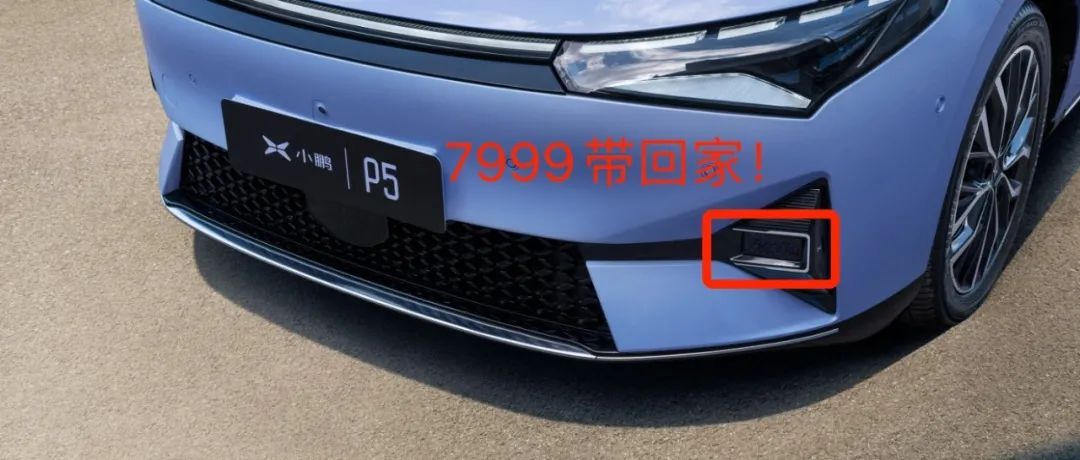Jia Haonan from Copilot Temple of WeChat Official Account AI4Auto
Intelligence Car Reference
DJI surprises everyone with its strength and progress in LiDAR.
The latest development: Livox, a subsidiary of DJI, has just announced the second generation of semi-solid-state LiDAR HAP for retail:

Just as convenient as buying a drone.
Livox is the first company in the industry to sell LiDAR to consumers with transparent quotes and TO C sales.
The related product HAP is also the core component that enables the fusion solution of the only volume-produced city assistant navigation system in China, NGP, from XPeng Motors and Tesla’s pure vision FSD.
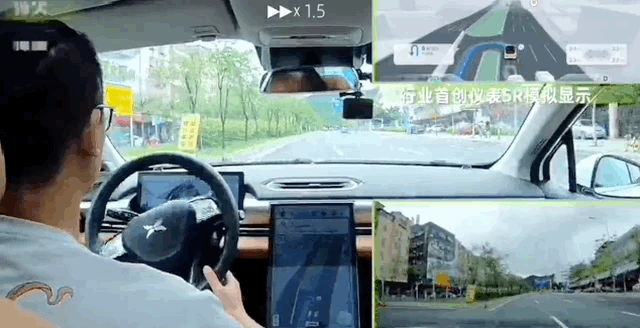
With a detection range of 150 meters, an equivalent of 144 channels, and a viewing angle of 120° x 25°…
Now, you can get it for only 7999 yuan.
Is it expensive?
Those familiar with the history of autonomous driving development would know that it is not high for the price it offers.
What kind of LiDAR can you get for 7999 yuan?
We are no stranger to the second-generation Livox HAP LiDAR.
The first version was launched on the XPeng P5 in September 2021. The two fill-in LiDARs on both sides of the front of the soon-to-be-released XPeng P7 are said to also be Livox HAP.
HAP (Horizon Automotive Platform) is the first car-grade LiDAR from DJI’s Livox.
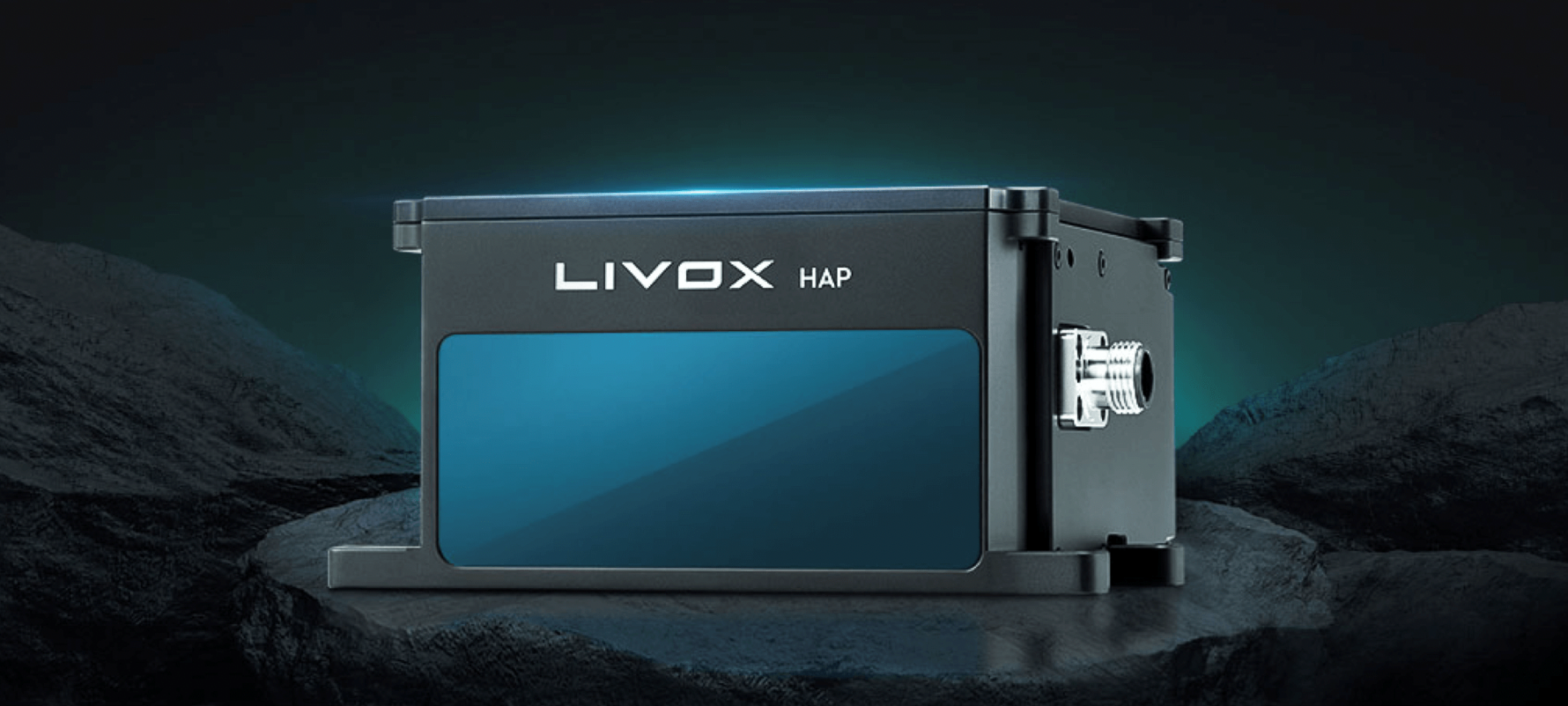
It adopts a dual-prism scanning scheme with a detection range of up to 150 meters, a lateral field of view of 120°, and a longitudinal field of view of 25°.
The angular resolution is as high as 0.18° x 0.23°, and the point cloud density is equivalent to that of a 144-channel LiDAR.

The technology level is comparable to that of M1 from SureStar and AT128 from Hesai, with higher equivalent channel numbers and similar viewing angles and resolutions.
The representative models of these two LiDARs are IM L7 and Jidu Robo 01.
Therefore, it can also be seen here that the XPeng P5, which was first introduced in mass production with Livox HAP, is one of the cars with the fastest LiDAR uplink and the most advanced technical indicators.“`
HAP is essentially a “semi-solid-state lidar” that uses double wedge prisms. This technology was first used on the Apache armed helicopter.
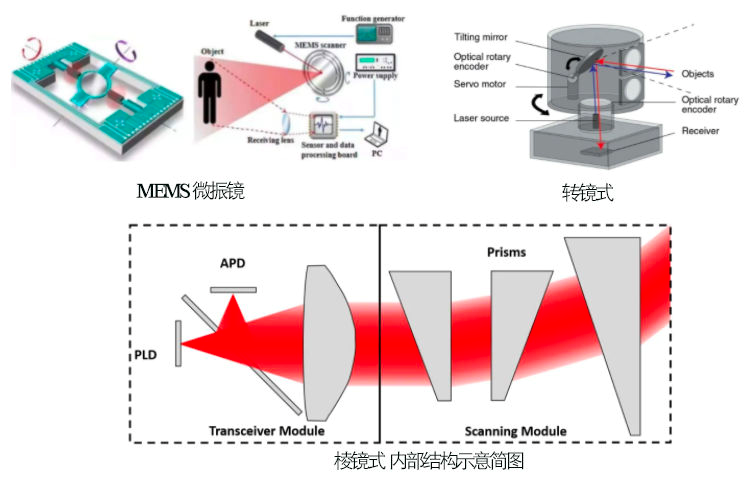
The original design was intended to adapt to the severe vibration conditions of helicopters and other complex environments in military operations, which happens to coincide with the requirements of automotive regulations.
Specifically, HAP reduces the mechanical structure inside the device. First, it uses a reflection mirror and convex lens to turn the laser into parallel light, and two rotating prisms in the scanning module are responsible for changing the light path to emit the laser from a certain angle.
Due to the lack of repeated scanning, HAP also solves the problem of missed objects caused by the line scanning of mechanical lidar. It can achieve a nearly 100% field of view coverage as the scanning time increases.
Compared with mechanical lidar, the double-wedge prism structure can greatly reduce the number of lines for transmission and reception under the same performance, reduce the complexity of focusing and calibration, greatly improve production efficiency, and reduce costs.
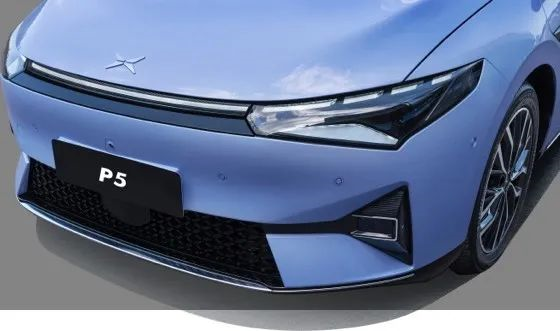
However, this technology route also determines that the FOV of a single HAP radar is relatively small, and the field of view coverage depends on the scanning time. The unique scanning method makes its point cloud distribution different from that of traditional mechanically rotating lidar and requires algorithm adaptation.
In addition, in order to meet the requirements of the automotive regulations, HAP has passed the ISO 16750 standard certification and has a certain resistance to salt spray, vibration, and extreme temperatures.
In fact, HAP is already the second-generation semi-solid-state lidar of Livox, with a previous version named Horizon:

Although both are automotive lidar, compared with the first-generation, in addition to improving the parameters, the biggest difference of HAP is that it meets the “automotive standard” requirements.
The vehicle models that have already been equipped with HAP are the XPeng P5.
DJI officials have also released news about new production vehicles: XPeng’s new car and Jiefang’s.
According to publicly available information, XPeng’s new car equipped with HAP may be the new P7:
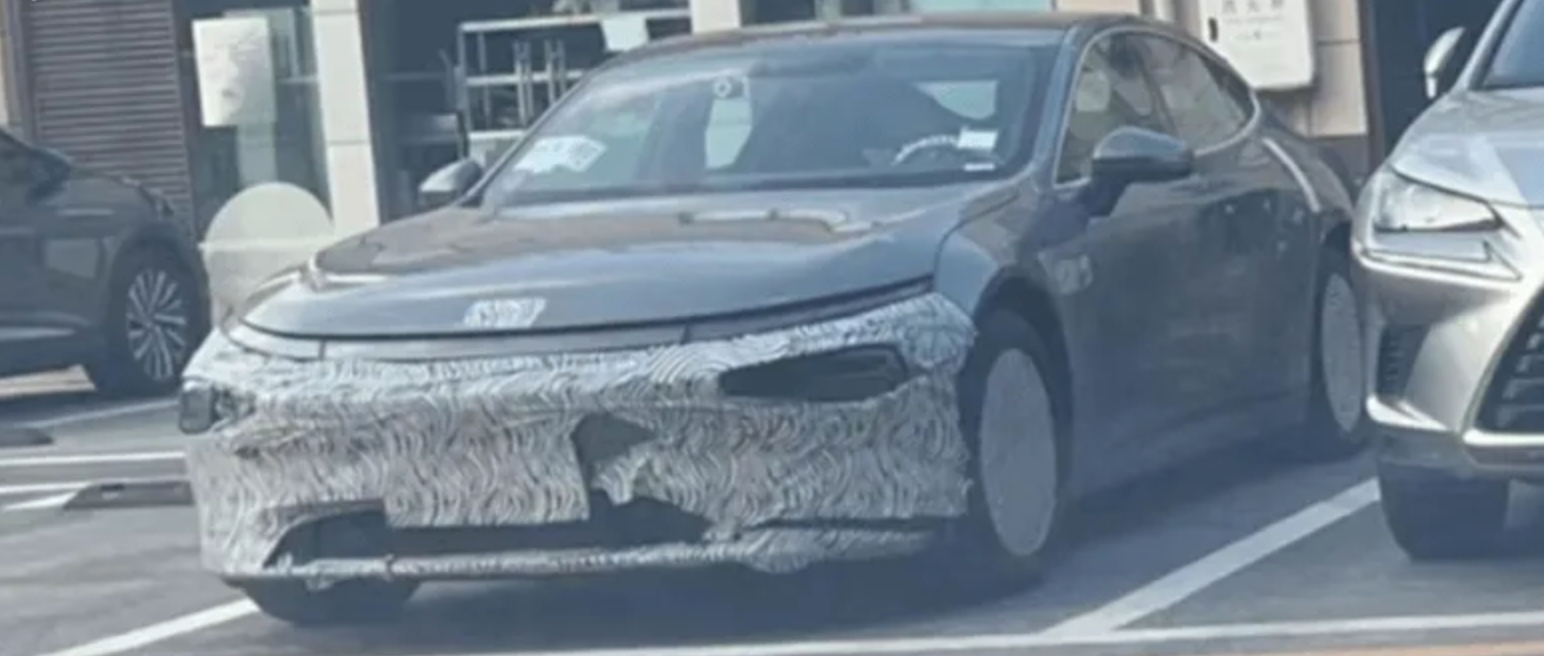
As for Jiefang, in July last year, it delivered its first L3-level heavy-duty truck, which is likely to be a follow-up product aiming at L4 or higher automated driving trucks equipped with HAP.
What does DJI’s lidar bring to smart cars?
Perhaps no one has more say than XPeng Motors.
“`As the first mass-produced model of the HAP, the main selling point of the XPeng P5 is Xpilot3.5, which aims to target the NGP function in urban areas.
This means that it can autonomously recognize road targets and traffic signs on complex city roads, pass through intersections independently, and plan routes based on navigation information. This is currently the only mass-produced vehicle solution that competes with pure visual FSD.
The hardware on which the city NGP relies includes a fusion perception solution that includes cameras, millimeter-wave radar, lidar, and ultrasonic radar.
Among them, the key role of the Lianwo HAP lidar is to provide redundant protection to the ADAS system in case of visual data interference in weather conditions such as night, rain, snow, and heavy fog. In addition, for abnormal objects that are misjudged or missed by the system in the image data, the point cloud diagram of the lidar can also reflect the shape information of the detected object to the system in real time, providing an additional layer of protection for perception.
In XPeng’s latest NGP road test video, it completed the entire journey of complex road conditions in busy urban areas, including multiple traffic lights, main auxiliary road switches, multiple tunnels, and roundabouts with 0 takeover.
In this process, besides providing redundancy to the system, the Lianwo HAP also enhances the existing functions. For instance, the ACC/LCC-L lidar enhanced version means that the lane keeping function can be always activated on complex city roads and sharp curves.
In parking scenarios, the HAP can improve the system’s ability to avoid obstacles such as cones, pedestrians, and vehicles at low speeds. It also provides more accurate distance information input for steep slopes, large bends, and large blind spots that may be encountered in cross-layer scenes.
Because of the redundant protection function of the lidar, it is also considered to be the most reasonable hardware redundancy choice for mass-produced autonomous driving in the period when pure visual solutions are still immature.
Regarding this HAP lidar from DJI, it has now been announced for public sale, which may be even more significant. In terms of performance, its technical specifications belong to the first echelon of the industry, and the biggest difference is that it directly uses a double-wedge prism structure instead of the widely-used one-dimensional mirror structure, which makes the product structure simpler and more advantageous in size.
This lidar has not only supplied to B-side automakers but also started to be sold to C-side customers in the industry.
This indicates that DJI has not only solved the cost problem but also the production capacity problem for the previously “expensive and rare” product of automotive LiDAR. Therefore, this move by DJI is actually the beginning of the real maturity of the domestic LiDAR industry.
Previously, the focus of the LiDAR industry was on technology and cost, but in the future, it will be more focused on mass production and cost-effectiveness.
LiDAR, and the advanced autonomous driving functions it supports, may become more accessible to affordable car models.
DJI HAP LiDAR is sold for 7999 yuan, which is not too expensive, and its performance is also good, at least lowering the R&D threshold for autonomous driving.
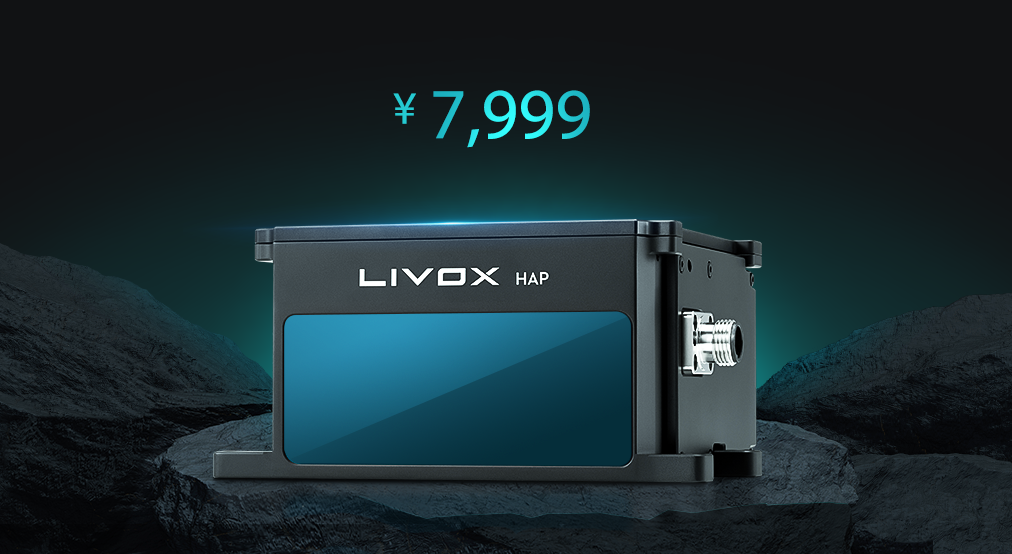
More individual developers may now enter the field of autonomous driving, and the popularization of related concepts will also accelerate.
I wonder what Musk, who has been refusing to adopt LiDAR due to its high cost, would think about a product priced at 7999 yuan (over 1000 dollars)?
If he had such conditions back then, would Tesla be a different look today?
This article is a translation by ChatGPT of a Chinese report from 42HOW. If you have any questions about it, please email bd@42how.com.
